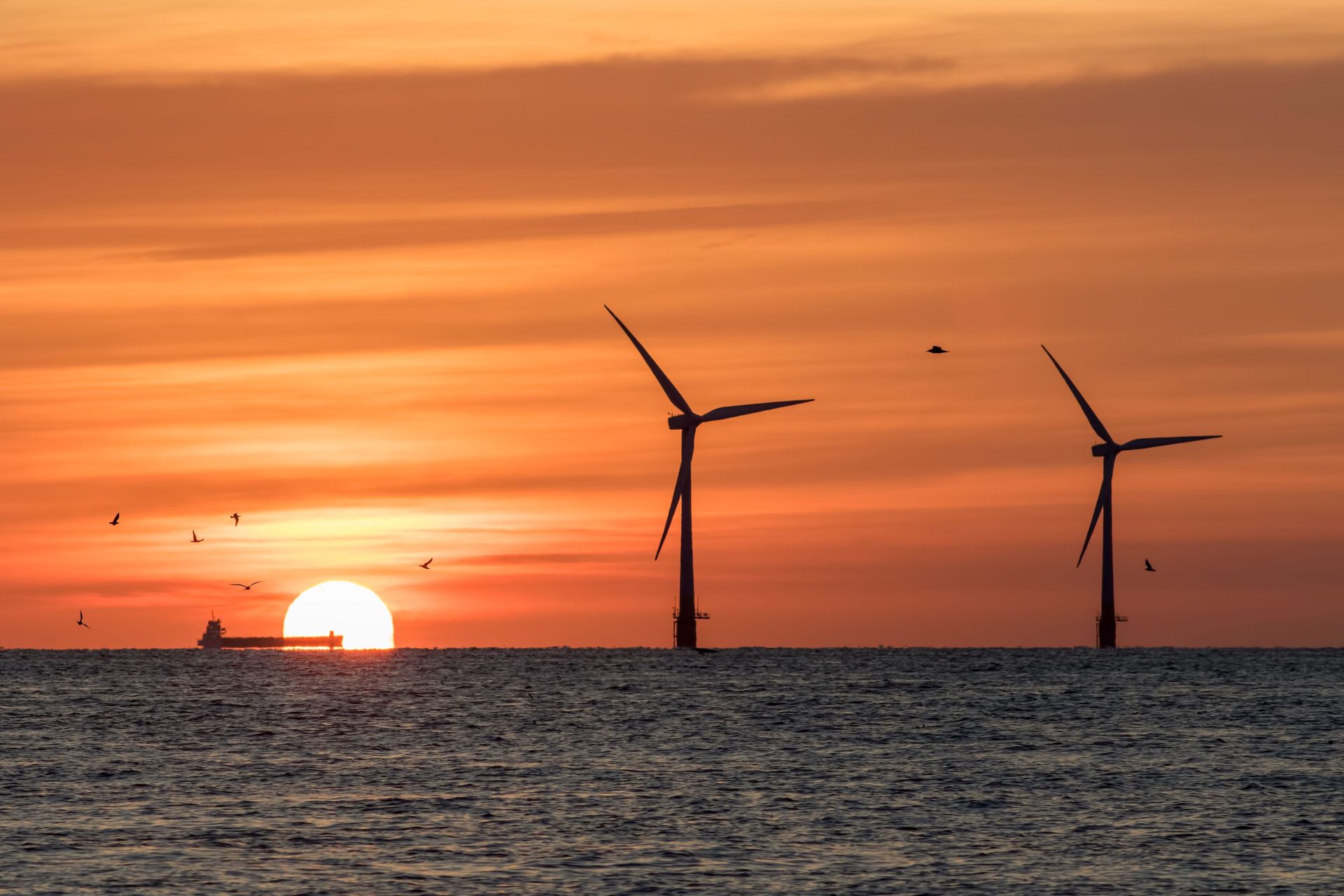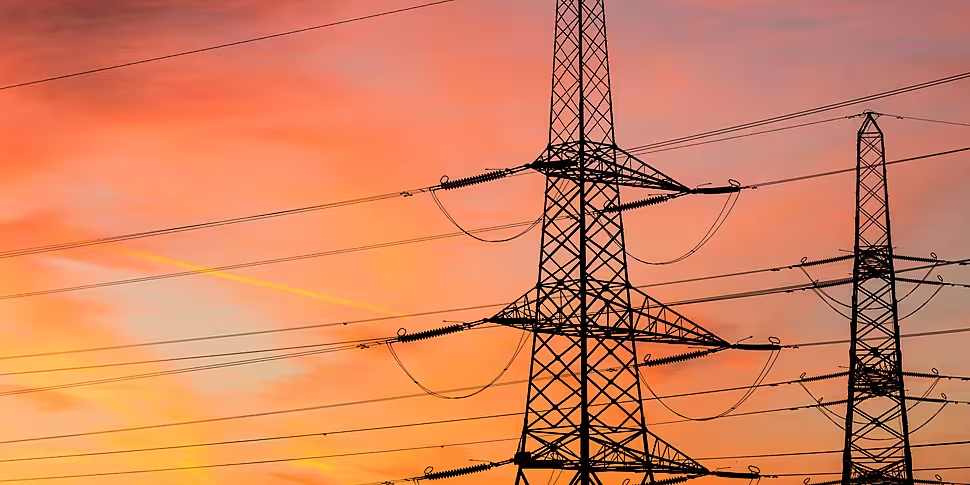A “fairly large increase” in transmission charges looks set to send household energy bills soaring next year, the ERSI has warned.
The Commission for the Regulation of Utilities (CRU) has agreed that further investment in Ireland’s electricity grid is needed and in 2025 €1.4 billion should be spent - a 38% increase on this year’s figure.
The CRU anticipates this will add €8.42 per month onto the average domestic customer bill - or by €101.04 a year.
Speaking on Newstalk Breakfast, ERSI energy economist Muireann Lynch said homeowners will ultimately pay for the upgrades.
“The EirGrid and ESB Networks essentially say, ‘Here’s how much we think it’s going to cost to operate and to build the network next year,’” she said.
“Then the Committee for the Regulation of Utilities approves that and then on that basis, they levy the cost on electricity consumers through the different companies.
“So, your electricity company charges you for your electricity and then part of what they do with that revenue is they use it to pay those network charges to the transmission system and distribution system operator.”
 Two wind turbines against the backdrop of a rising sun. Image: Ian Dyball / Alamy Stock Photo
Two wind turbines against the backdrop of a rising sun. Image: Ian Dyball / Alamy Stock PhotoMs Lynch said there are two core components to the electricity network - the transmission system and the distribution system.
It is the former which is most in need of upgrading.
“Think of the transmission system kind of like the motorways, so they go at high voltage long-distances across the country,” she said.
“Then you can think of the distribution network as being like the regional roads - they bring electricity at a lower voltage from the transmission network and down directly into our homes and our businesses.”
Ms Lynch said while there has been a “bit of a decrease” to the distribution charges, there will be a “fairly large increase” in the cost of running the transmission system.
“Altogether, it means we’re going to have to pay more in order to maintain the network next year,” she said.
Cost of carbon
Putin’s invasion of Ukraine in 2022 sent international energy prices soaring as western nations imposed sanctions on Russian oil and gas.
International gas prices have dropped since then but Ms Lynch said it is not the only factor that influences household bills.
“There’s the variable cost - the fuel costs, the carbon costs [which] did go very, very high in the wake of the Ukrainian war,” she said.
“There’s also the fixed costs and that’s the cost of paying for investment and that includes the wires but it also includes the actual generators.
“So, variable costs are coming down - which is great - but fixed costs might go up and that’s what’s happening this year on the network side.”
Ms Lynch said there are a few things a consumer can do to try and bring down their energy bills.
“Try and use the network more efficiently and that would decrease the need for some investment - particularly at peak times,” she said.
“The way you can do that is by making use of your smart metre and shifting your usage away from the peak times but that’s something everybody needs to do collectively.
“From an individual point of the view, the only thing you can do is shop around and make sure you’re on the cheapest tariff.”
Taoiseach Simon Harris has indicated that October’s budget will contain cost of living measures to help defray high energy costs.
Main image: Electricity pylons. Picture by: Alamy.com









